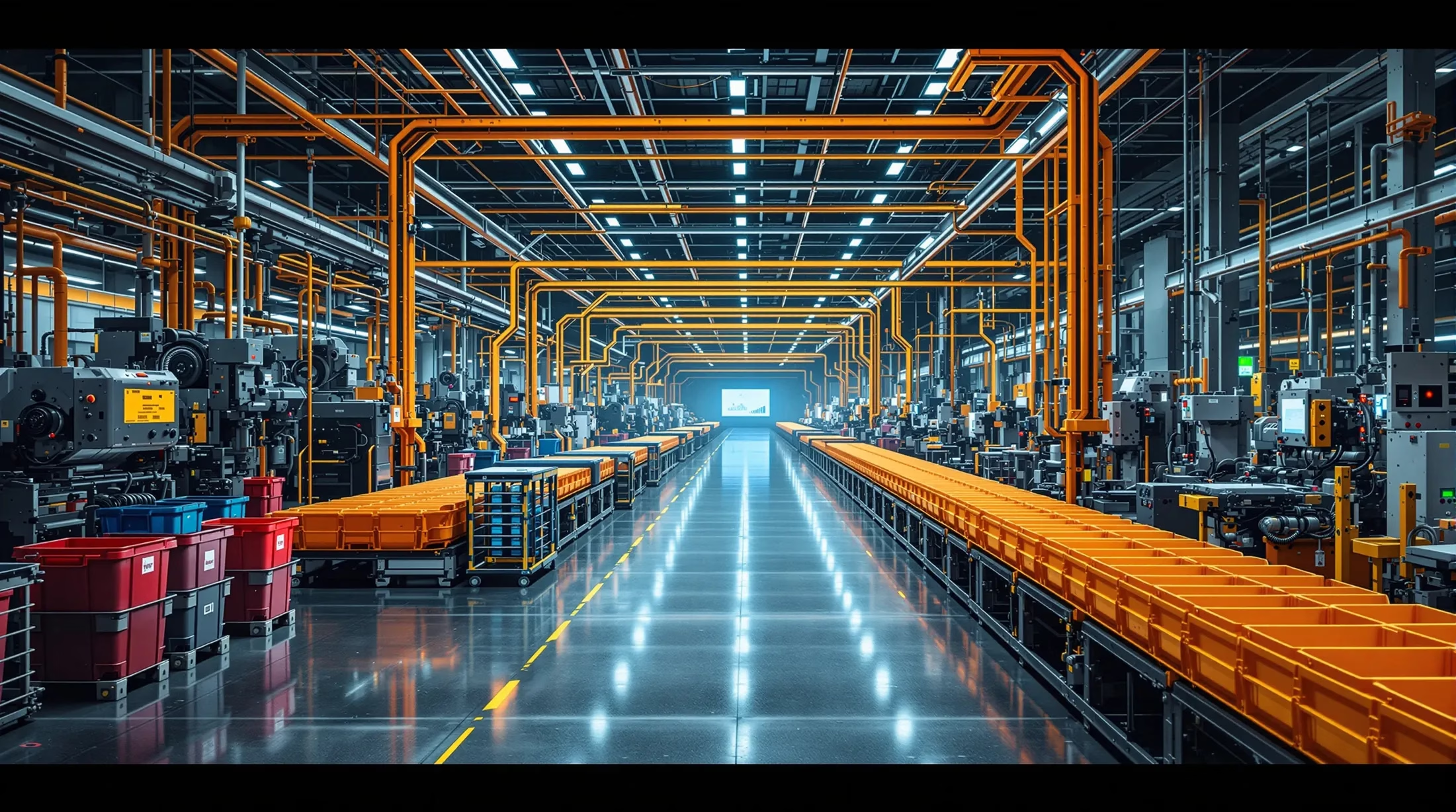Making the right choice between solar and electric energy can significantly impact your property value, monthly expenses, and environmental footprint. Let’s explore the key differences between these energy sources to help you make an informed decision for your specific needs.
Understanding Solar and Electric Energy
As energy costs continue to rise and environmental concerns grow, homeowners and businesses are increasingly exploring alternative energy sources. The comparison between solar and electric energy has become particularly relevant, with each option offering distinct advantages and considerations for different situations.
What is Solar Energy?
Solar energy utilizes photovoltaic (PV) panels to convert sunlight directly into electricity through semiconductor materials. This renewable energy source offers several significant advantages:
- Zero direct emissions during operation
- Conversion efficiency of 15-22% from sunlight to electricity
- Minimal maintenance requirements
- 25-30 year typical lifespan
- Potential for significant energy bill savings
- Available tax incentives and rebates
What is Electric Energy?
Electric energy comes from the traditional power grid, generated at centralized plants using various fuel sources. Here are the key characteristics:
- Immediate availability without installation
- Established infrastructure
- Consistent delivery regardless of weather
- No upfront equipment costs
- Reliable service in developed areas
- Subject to utility rate fluctuations
Cost Comparison: Solar vs Electric
The financial aspects of both energy sources present different models, with electricity rates rising by 4.3% in 2021 alone. Understanding the cost structure is essential for making an informed decision.
Initial Investment and Installation Costs
| Solar Energy | Electric Energy |
|---|---|
| $10,000-$30,000 initial investment | Minimal to no setup costs |
| 26% federal tax credit available | No initial tax benefits |
| Additional state/local incentives | Standard connection fees only |
Long-term Savings and Maintenance
Solar energy typically offers superior long-term financial benefits:
- Return on investment within 7-10 years
- 4.1% average increase in property value
- Minimal maintenance costs – primarily cleaning
- One inverter replacement ($1,000-$2,000) after 10-15 years
- Protection against utility rate increases
- 25-year manufacturer warranties standard
Environmental Impact of Solar and Electric Energy
The environmental implications of energy choices have become increasingly significant in today’s world. Solar and electric energy sources present markedly different environmental impacts across emissions, resource consumption, and long-term sustainability, making it essential to understand these distinctions when aligning energy decisions with environmental values.
Traditional electricity generation, particularly from fossil fuels, remains a primary source of global greenhouse gas emissions. Solar energy provides a cleaner alternative that substantially reduces carbon emissions post-installation. While both sources create environmental footprints, their impact varies significantly throughout their lifecycles.
Carbon Footprint and Emissions
| Solar Energy | Traditional Electricity |
|---|---|
| Zero operational emissions | 2.2 pounds CO2/kilowatt-hour (coal) |
| 3-4 tons carbon reduction annually | 25% of U.S. greenhouse emissions |
| Environmental impact mainly during manufacturing | Continuous operational emissions |
Sustainability and Resource Use
- Solar panels utilize silicon from sand, an abundant resource
- 95% of semiconductor materials are recyclable
- 90% of panel glass is recoverable
- 25-30 year lifespan with minimal resource consumption
- No water required for operation
In contrast, traditional electricity production demonstrates significant resource intensity. A single coal power plant consumes approximately 1.4 million tons of coal annually to serve 150,000 homes. The water usage difference is particularly striking – thermoelectric power generation requires 133 billion gallons of freshwater daily in the U.S., while solar systems operate without water consumption. This efficiency makes solar power especially valuable in regions facing water scarcity.
Energy Efficiency and Reliability
The efficiency and reliability of solar and electric energy sources significantly influence overall satisfaction and return on investment. While solar power excels during daylight hours, its performance depends on weather conditions and seasonal variations. Traditional electric grid power, though less environmentally friendly, provides consistent energy regardless of external factors.
Efficiency of Solar Panels
- Standard residential panels: 15-22% conversion efficiency
- Premium panels: up to 23-25% efficiency
- Performance factors: panel quality, orientation, location, climate
- LED lighting reduces consumption by 75%
- Smart home technologies optimize peak production usage
Reliability of Electric Grids
| Advantages | Challenges |
|---|---|
| 24/7 power availability | 67% increase in outages since 2000 |
| Instant power access | Aging infrastructure (C- grade) |
| Established infrastructure | Weather-related disruptions |
| Multiple generation sources | Growing demand challenges |
Choosing the Right Energy Source for You
Selecting between solar and electric energy requires careful evaluation of your specific circumstances and priorities. While both options offer distinct advantages, the optimal choice depends on your unique situation. Modern energy solutions often combine both systems, with studies showing that 67% of new solar installations include battery storage for maximizing self-consumption while maintaining grid connection as backup.
Factors to Consider
- Daily energy consumption patterns and peak usage times
- Property location and average sunlight exposure (minimum 4+ hours needed)
- Roof orientation and potential shading issues
- Local utility rates and net metering policies
- Initial investment capacity ($10,000-$30,000 for typical systems)
- Planned duration of residence (optimal payback period: 7-10 years)
- Future energy needs (home office, electric vehicles, family growth)
Making an Informed Decision
| Essential Steps | Key Considerations |
|---|---|
| Obtain multiple quotes | System production, savings, payback period |
| Research incentives | 26% federal tax credit, state/local rebates |
| Consider hybrid approach | Start small, expand over time |
| Consult independent advisors | Objective guidance beyond sales pitches |
| Connect with current users | Real experiences, local performance insights |
A hybrid approach often provides an excellent starting point for those uncertain about fully committing to solar energy. This strategy allows for gradual expansion as budget permits or as technology advances. Speaking with current solar users in your area can provide valuable insights into actual system performance and satisfaction levels that marketing materials cannot convey.









